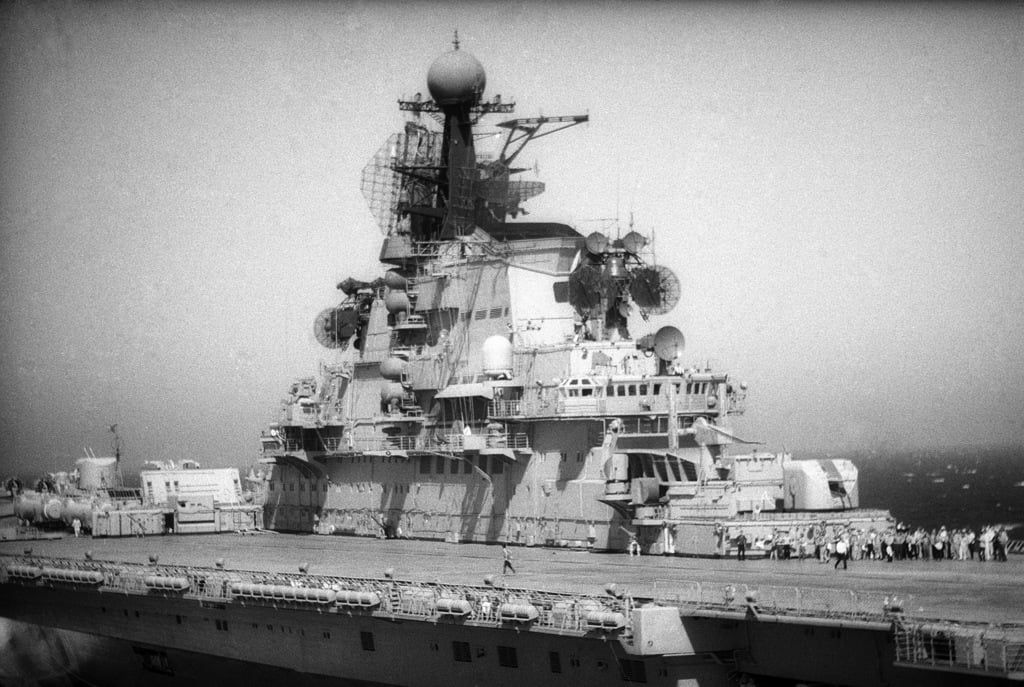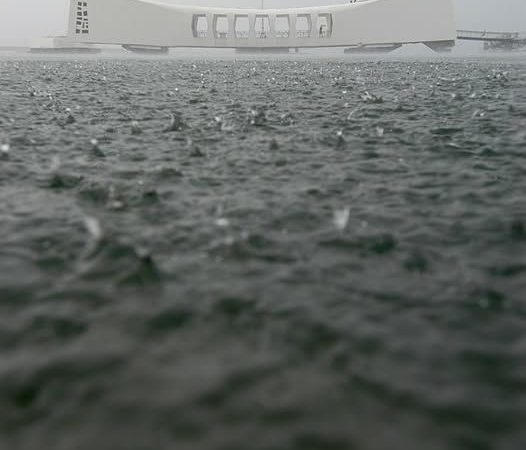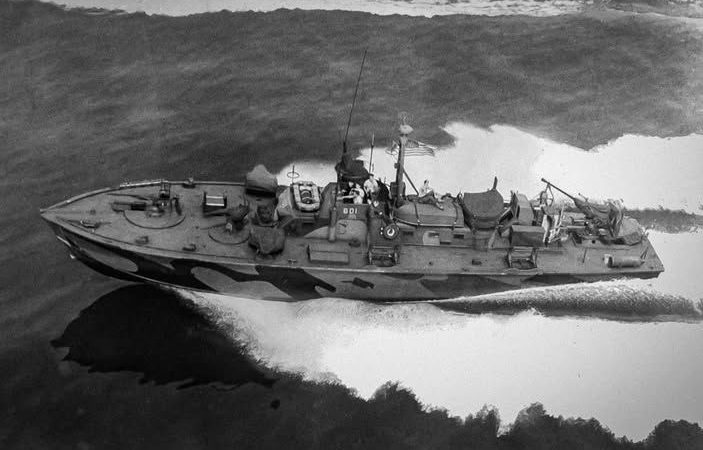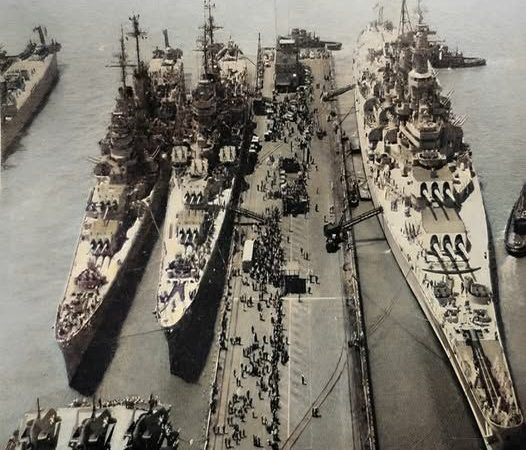Soviet Aircraft Carrier Kiev on the Move in 1985: VTOL Fighters, ASW Helicopters, and Cruise Missiles Aboard
In the mid-1980s, the Soviet aircraft carrier Kiev showcased the USSR’s naval strength and technological capabilities. Launched in 1975 and officially commissioned into service that same year, Kiev was the first ship of her class and a significant element in the Soviet Navy’s power projection. Her unique design and armament were tailored for operations in both anti-submarine and air defense roles, and she represented a hybrid between a traditional aircraft carrier and a guided missile cruiser.

At her peak in 1985, Kiev was a formidable presence. She carried a complement of 12 Yak-38M “Forger” VTOL (Vertical Take-Off and Landing) fighter aircraft. These fighters, although limited in range and payload compared to traditional naval aircraft, were the USSR’s answer to carrier-based aviation, operating with a flexibility that allowed them to launch and land on the short, angled flight deck of the Kiev class. These aircraft added an aerial strike and intercept capability, which was complemented by the carrier’s impressive anti-submarine warfare (ASW) assets.
*The Kiev was also equipped with 20 Kamov Ka-25 helicopters, specifically geared for ASW operations. These helicopters carried dipping sonar and anti-submarine torpedoes, critical for countering NATO’s submarine threat, particularly in strategic chokepoints and the high seas. Together, the Yak-38M fighters and Ka-25 helicopters made the Kiev a versatile tool for both offensive and defensive missions in open ocean scenarios.

Additionally, Kiev was armed with four twin launchers for SS-N-12 “Sandbox” surface-to-surface cruise missiles, which gave her the ability to engage enemy surface ships at significant distances. These missiles were capable of carrying conventional or nuclear warheads, which provided Kiev with a powerful deterrent and a capability to strike at valuable naval targets in combat.
The carrier served the Soviet Navy until the end of the Cold War, when budget constraints and changing strategic priorities led to her decommissioning in 1993. After her decommissioning, Kiev was sold to China, where she found new life in an unexpected role. Instead of being scrapped, the ship was converted into a floating exhibit and theme park attraction in Tianjin, China. Today, visitors can tour the iconic vessel, exploring her flight deck, viewing aircraft displays, and learning about her history and significance in Cold War naval strategy.

Kiev‘s journey from a symbol of Soviet naval power to a unique theme park attraction highlights the complex and sometimes surprising afterlife of military assets, and she remains a point of fascination for naval historians and enthusiasts alike.



